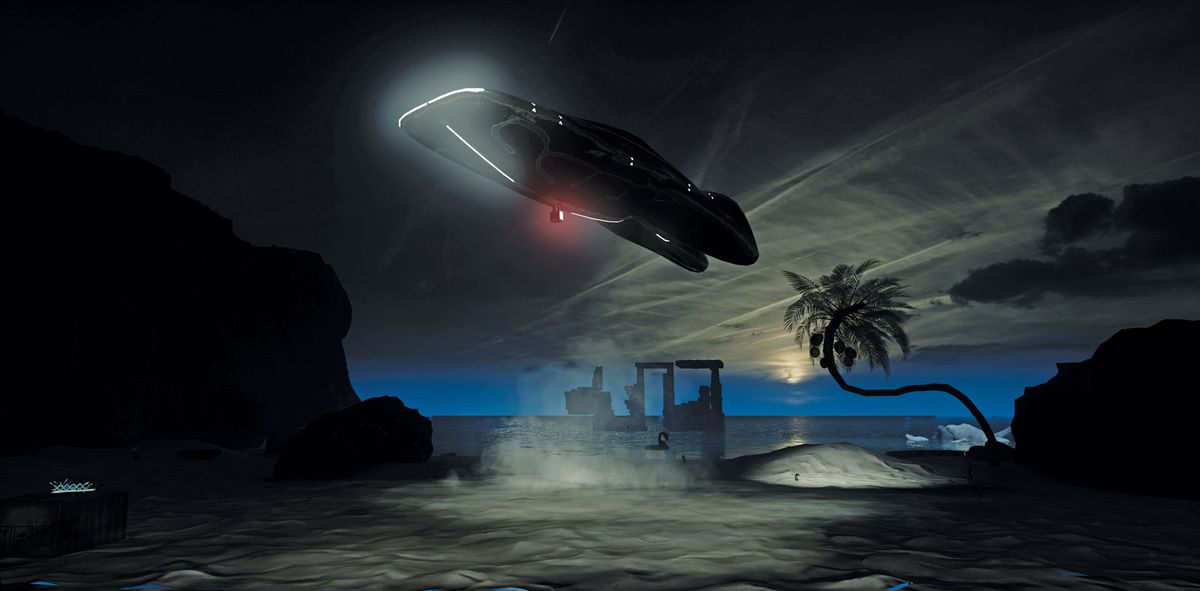I was on the fence about virtual reality (VR) for years. I was wary of it just being another fad. But as the technology advanced and I finally found the right project, I was hooked.
The first piece I did was Kalimpong, based on a town on the border between India and Nepal in the Himalayas. The Himalayas are the centre of esoteric Buddhism, which has explored the idea of reality being an illusion (read: virtual) for hundreds of years. This was an interesting philosophical starting point for addressing the medium.
Fifteen years of working with experimental film and video gave me a post-doc in VR before I even knew it. I had been looking at non-linear narratives, trying to break with ideas of duration and fixed story lines for a long time, so I was shocked at how naturally these concepts translated into VR.
VR also reignited my engagement with sculpture. When you are making a sculpture to be 3-D printed, you first create a digital file that you can throw into VR and watch your sculpture dance or float. This creates a lot of possibilities and raises questions around existence that fascinate me. A lot of my work plays on the boundaries between the esoteric, the imaginary and histories both real and fictional, so you can imagine what a space for play that opened up for me.
The acceleration of technology is, of course, a problem. You are constantly playing catch up. It is meant to be an immersive experience, so the slightest glitch in VR wrecks it. The troubleshooting you have to do is immense.
But the developments have also brought more artists to the arena, which means you now have to work three times harder. I am working on a new VR, Leviathan Legacy, the first part of which will premiere at the West Bund Art and Design fair in Shanghai (8-11 November). The piece imagines the future of the oceans in 150 years. But oh my god, the amount of work we have put into it! With Kalimpong, I had a level of naivety because I was not comparing myself to anyone.
Now I am working day and night, because this next one needs to be just as groundbreaking and successful. It is almost like second-album trauma, where you get caught up in crazy self-referential prog-rock stylings.
A major conversation around the use of VR is how to get past its solitary nature. Multi-player or shared online experiences are options, but both require more data and greater processing power. As computers become more advanced, VR will aso become less isolating. Some works might even bypass the museum or the gallery altogether. It could provide a whole other distribution network and audience base, which is exciting because artists always want to get their works out to more people.
Staging is important with VR. I believe it should be part of an installation. When Kalimpong was shown for the first time at Timothy Taylor Gallery in 2016, my paintings were out front and the VR was in the back room. The door would open, somebody would come out looking bewildered and somebody else went in with anticipation.
I like to see VR as being in a sympathetic relationship with my other work rather than an either/or. When you have a physical work that complements or even undermines the reality principle going on in the VR, that is when you are really talking.
What artists have to bring to VR that pure film-makers and others do not, is an understanding of how objects become a totem or a fetish that points to a wider reality; exactly what artists have been doing for thousands of years.
As told to Julia Michalska
• Browns x Shezad Dawood: an Immersive VR Experience, Browns East, London, until 15 October


